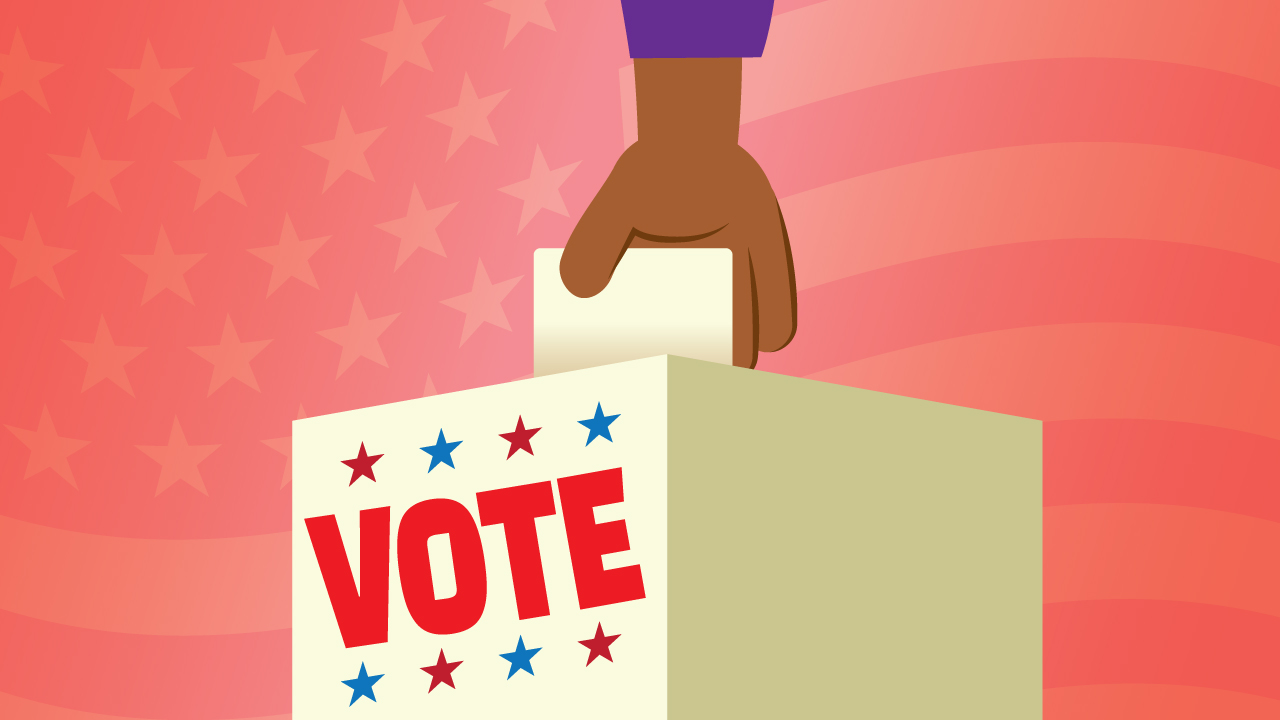In the United States, voters don’t directly elect the president. Instead, people called electors determine who wins. The system is called the Electoral College. Here’s how it works.
What Is the Electoral College?
Find out how the U.S. really picks its president.


Voters across the country will see the names of the candidates for president on the ballot and make their choice. This is called the popular vote. But technically all these votes will go toward choosing electors. These are people who have pledged to vote for a particular candidate.
Each state has as many electors as it has senators and representatives in Congress. Each state has two senators. The number of representatives depends on the state’s population. States with more people have more electors.
Though Washington, D.C., isn’t a state, it gets three electors. In all, there are 538 electors. The number of electors for each state is shown on this map.
Nearly every state has a “winner takes all” rule. That means that the candidate who gets the most votes in a state wins ALL that state’s electors. (In Maine and Nebraska, electoral votes can be split between candidates.)
To become president, a candidate must win the majority of the 538 electoral votes up for grabs across the country. The number to reach to win is at least 270.
About six weeks after Election Day, electors meet in their state capitals and cast their official votes for president. On January 6, Congress officially counts the electoral votes and a winner is declared.
Now that you've learned about the Electoral College, show what you know!
Illustrations by Dave Perillo (Electoral College, ballot box, game); Jim McMahon/Mapman® (map); Shutterstock.com (Capitol)
